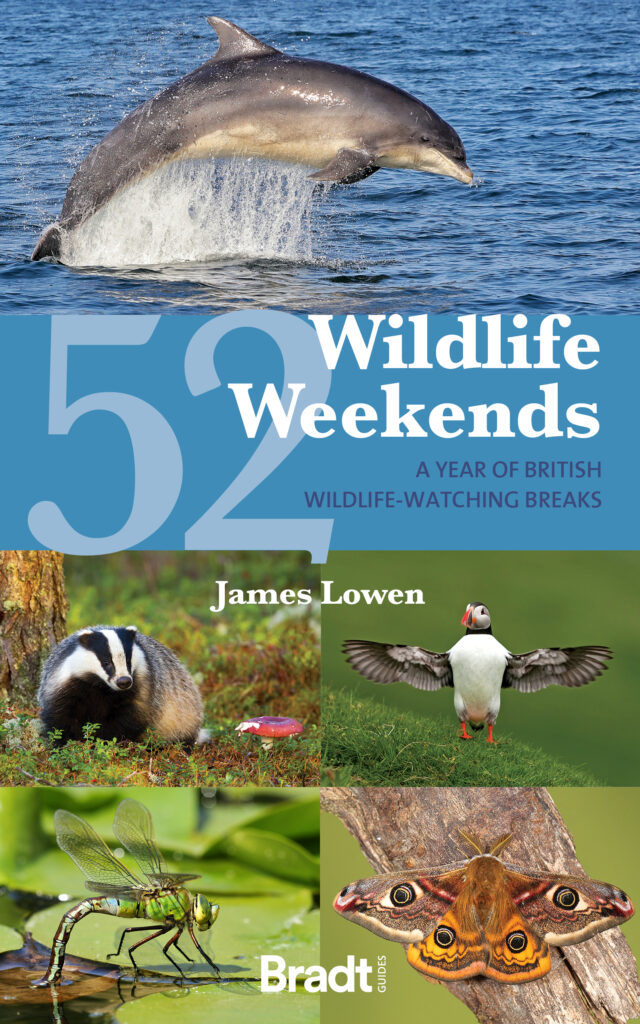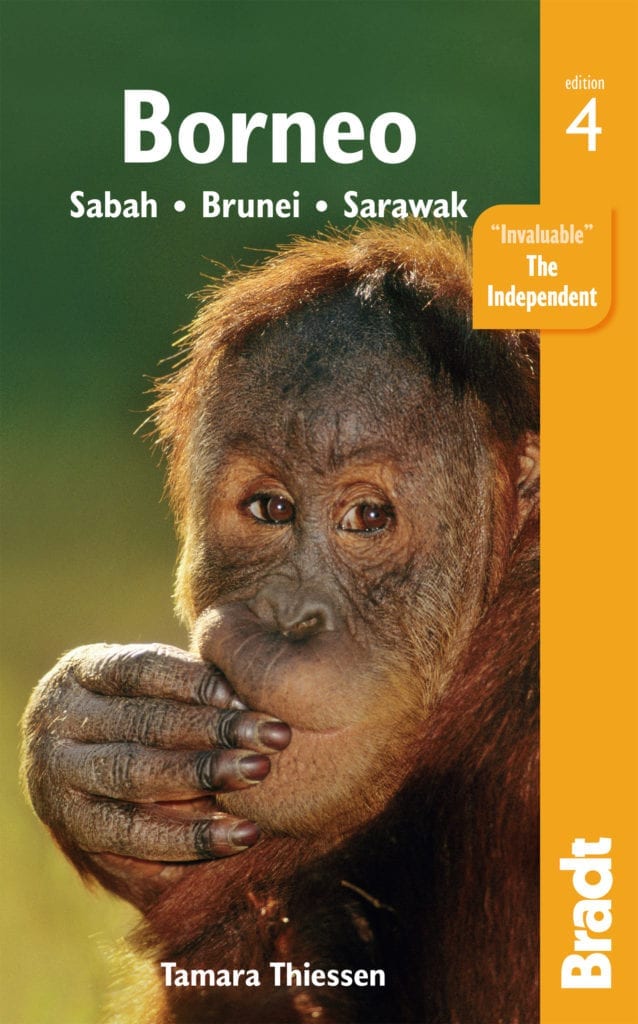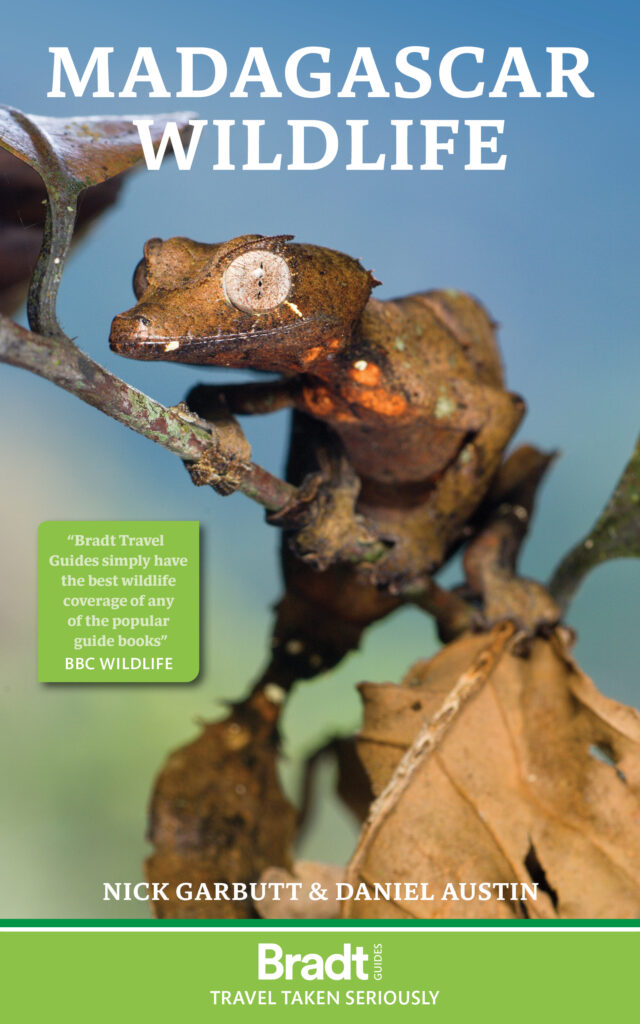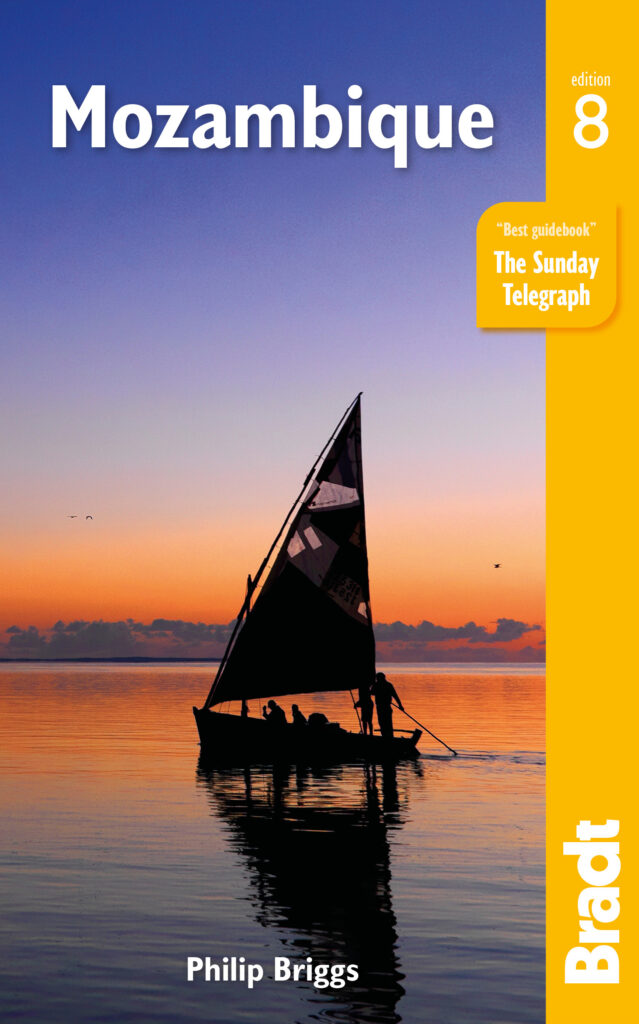From bumblebee safaris to disproportioned primates, unusual wildlife encounters are becoming closer (and more unusual) than ever before.
Here’s what you need to know.
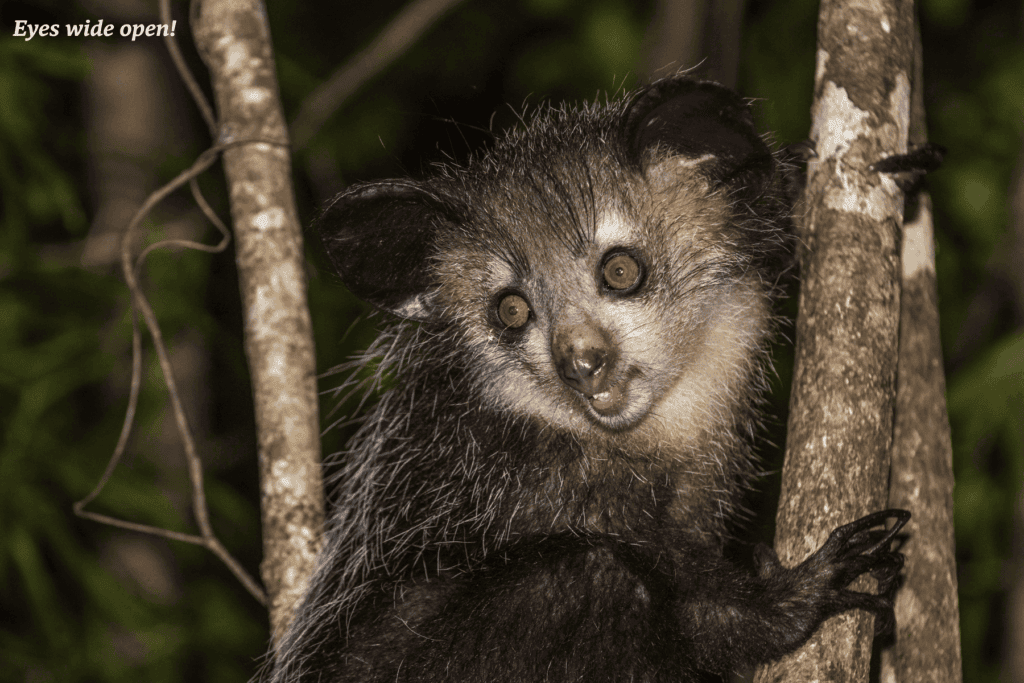
Unusual wildlife encounters
Aye-aye, Madagascar
The sinister combination of big eyes, bat’s ears and witch’s fingers leaves no doubt as to why the Aye-aye is feared across Madagascar as a harbinger of evil.
However, their long, skinny fingers have evolved for a very specific purpose; similar to woodpeckers, they tap on old tree bark and winkle out insects from inside the cavity.
Find out more about Madagascar’s lemurs from the Lemur Conservation Foundation.
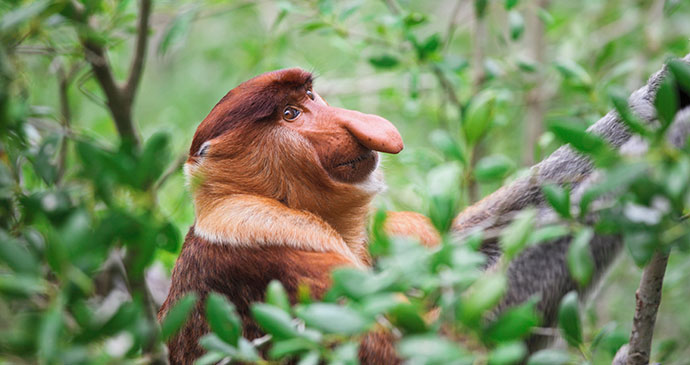
Proboscis monkey, Borneo
The Malay term for this primate is orang belanda, or ‘Dutchman’, its potbelly and big nose having reminded locals of Borneo’s first European settlers.
Regardless of stereotypes, this monkey certainly boasts one of the most comical faces in the animal kingdom.

Bumblebee safari, UK
There are several locations in England where guides from the Bumblebee Conservation Trust take children and adults alike on educational and interactive ‘safaris’.
The aim is to inspire love for bees and their strange and mysterious lifecycle. The safaris foster an appreciation of the vital ecological role they play and are also a great excuse to saunter in the countryside and hover around beautiful, richly scented wildflowers – just as a bumblebee might.
- Recommended reading: summer wildlife breaks in Wales
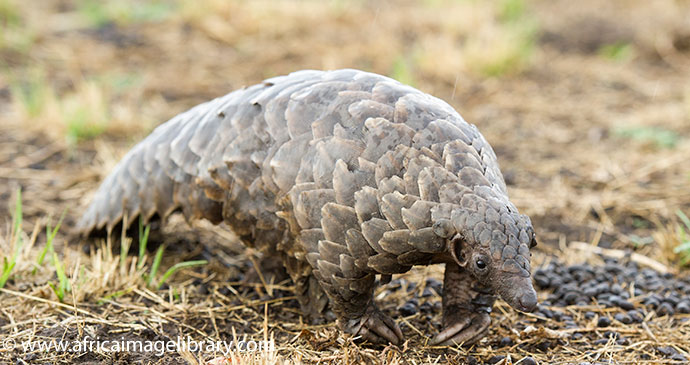
Ground pangolin, southern and eastern Africa
A walking artichoke? A metre-long pinecone? It’s hard to describe a pangolin in animal terms. This bizarre mammal is the only warm-blooded creature on the planet that is completely covered in scales.
They form a suit of armour so that when the pangolin is under threat, it can curl up to protect its vulnerable belly and swing its sharp tail back and forth to slice into any unwelcome predators.
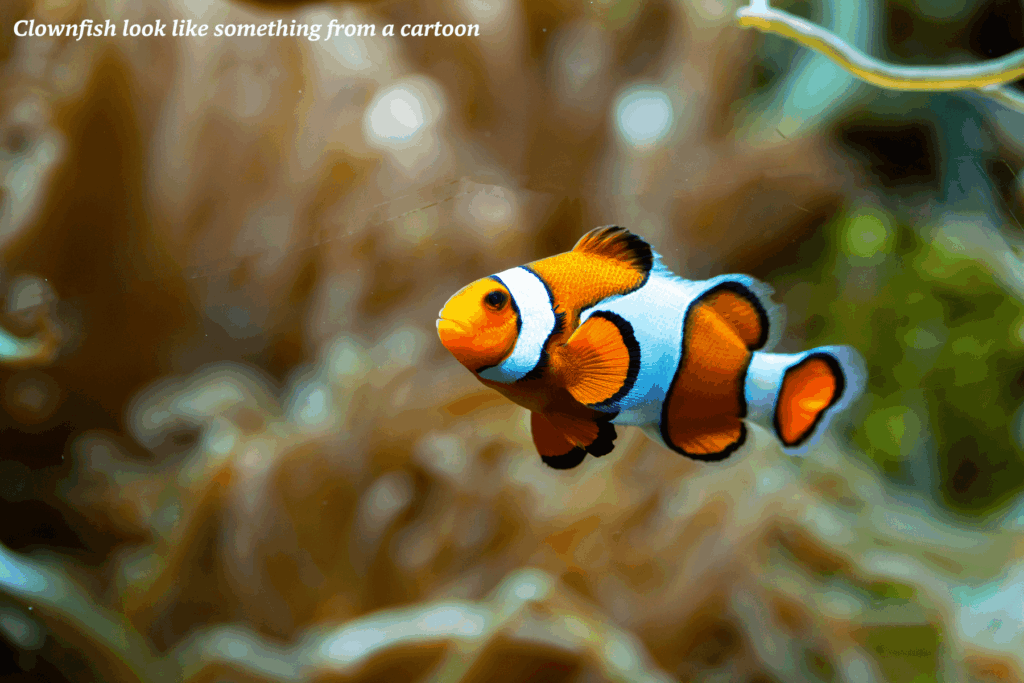
Clownfish, Indian and Pacific oceans
Though sea anenomes are deadly enough to kill many other fish, clownfish have come to a remarkable arrangement with their venemous hosts.
Their skin secrets a protective mucus coating that allows them to move among the stinging tentactles unharmed, making their home a strong refuge from predators. In return for its hospitality, the anenome benefits from a clownfish clean-up service, which gets rid of algae, damaging invertabrates and dead tentacles.
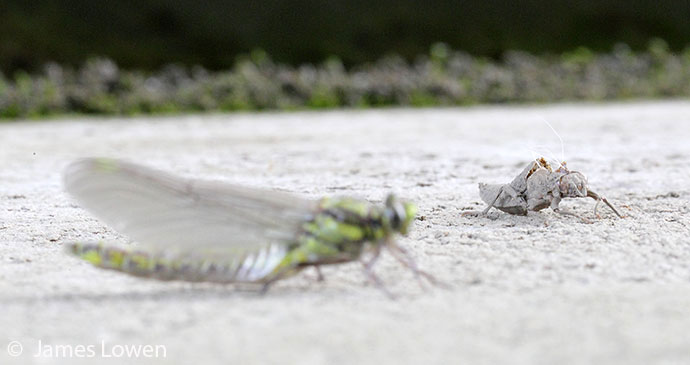
Clubtail dragonfly, UK
During spring in Oxfordshire, one of Britain’s most localised dragonflies shifts its abode from water to air.
On its ascent from river bed to river bank, the adult inside the larvae breaks free of its former self in an alien-like fashion. After an hour or so a dragonfly emerges, leaving behind its larval casing (‘exuvia’), an eerie reminder of an earlier life stage.
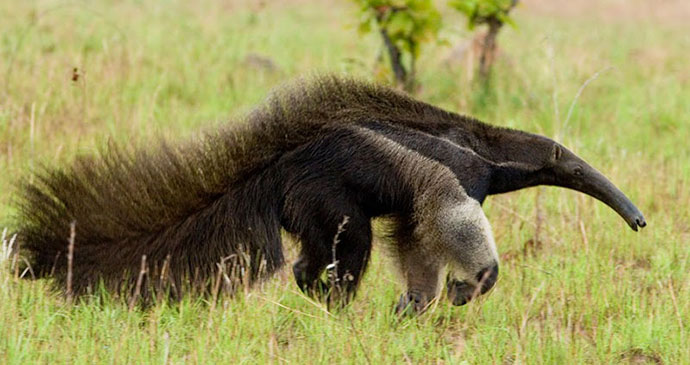
Giant anteater, Central and South America
The giant anteater is by far the larest of the four anteater species – all of which are endemic to Central and South America –growing up to 2m in length.
Its unsurprising diet of ants explains many of the anteater’s bizarre adaptations, including an absurdly long muzzle, and an even longer tongue that can shoot in and out of its mouth 150 times per minute.
Are you a wildlife fan? Don’t miss our guide to spotting the Big Five in Botswana.
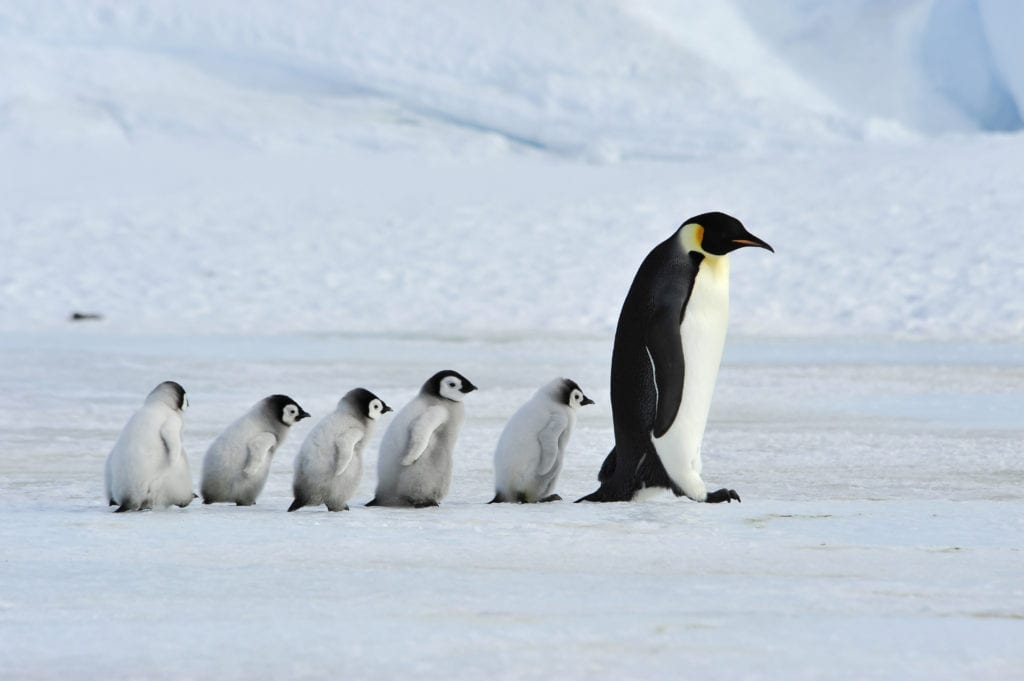
Emperor penguin, Antarctica
Not only does this bird live in the coldest place on earth, it also chooses the dark, frozen depths of winter as its breeding season. After the female lays a single egg she heads back to sea to feed, leaving the male to incubate it beneath a thick fold of warm belly skin.
For over three months he huddles among his companions without food, patiently waiting for the egg to hatch and the female to return.
The guidebooks


